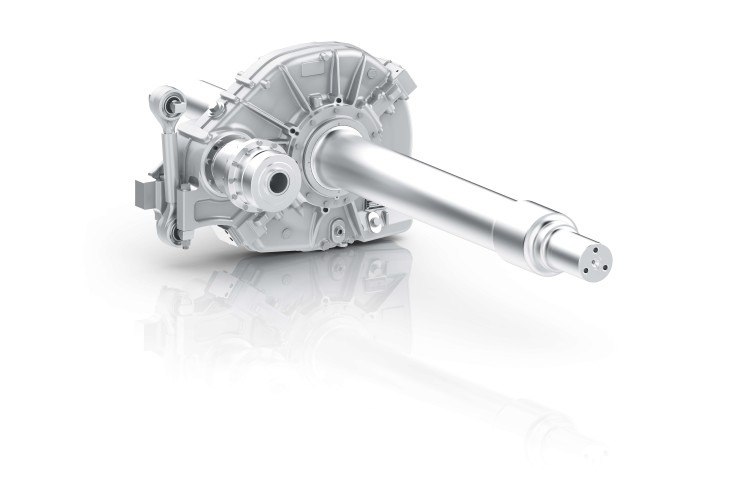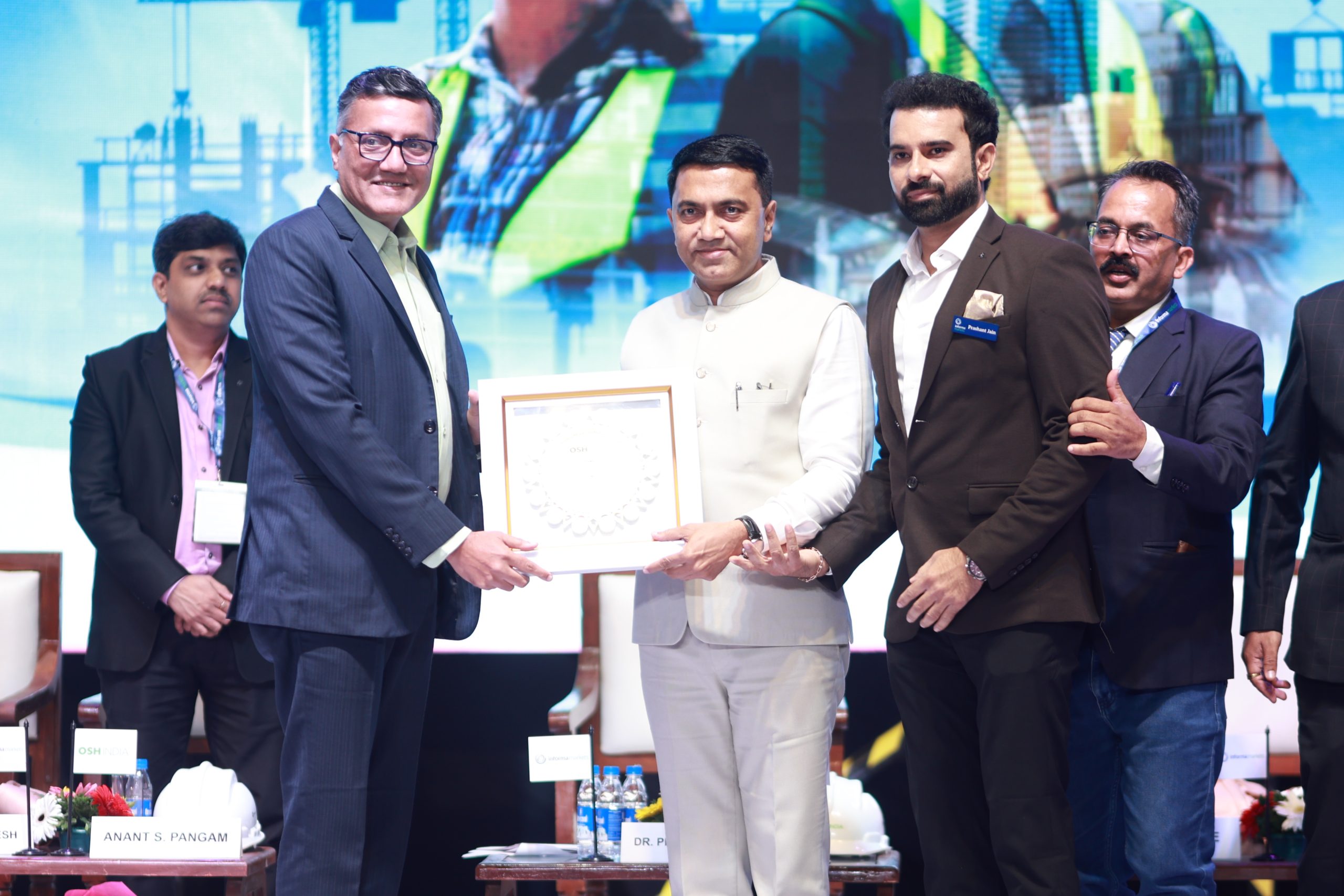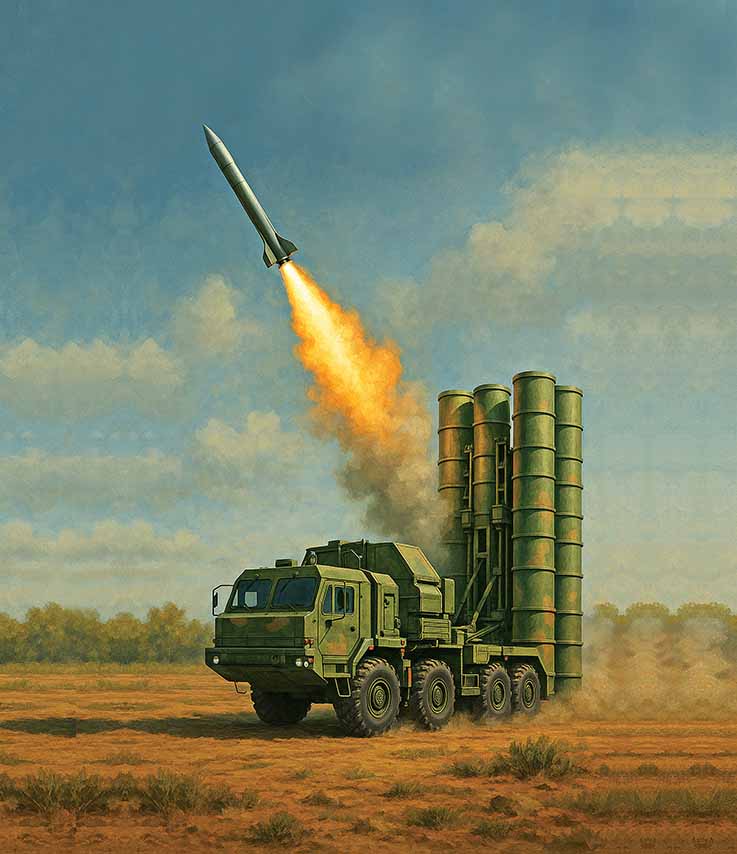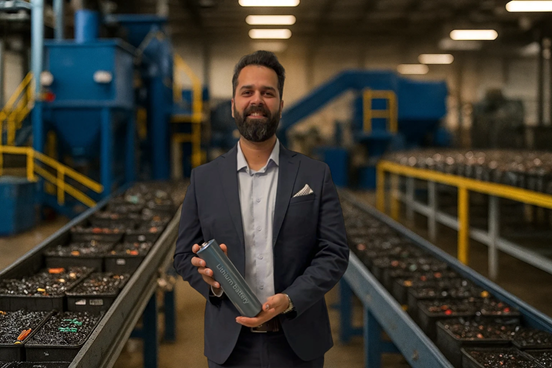The Vote On Account or the Interim Union Budget 2024-25 gave signs of what’s to come for the auto industry in the Full Budget, writes Ashish Bhatia.
The Vote On Account or the interim Union Budget attempted to sustain the momentum from the Union Budget 2023. It surpassed the previous CapEx outlay at 3.3 per cent of the GDP when the capital investment outlay was raised for the third year to rupees 10 lakh crore and hailed by the industry. Finance Minister, Nirmala Sitharam set a CapEx outlay of rupees 11.11 lakh crore at a time when the CV industry expected continuity and sustained momentum in the past reforms to headline. Despite the limitations of a capital budget, the industry put forth its wish list to the Ministry of Finance, Government of India. At a time when no major policy announcements were expected, the FM’s speech was hailed as a confident approach by one section and a cautious approach by the other section in an election year in a mixed response as a whole. The focus on reducing the Current Account Deficit (CAD) amidst concerns of it widening to USD 36 bn at 4.4 per cent of the GDP had the FM allay fears of the country’s status as a net importer leading to forex outflow.
Aligned with the ‘Viksit Bharat’ vision plan, the FM stressed the development mantra was linked to comprehensive development for all. Moving towards the vision of a developed India by 2047 translates to people-centric development. This encompasses substantial development of physical infrastructure besides digital public infra to promote formalisation and financial inclusion and social. It also entails deepening and widening the tax base through the Goods and Services Tax (GST). The government emphasised the FM is committed to proactive inflation management.
On the priority to empower the youth, 1.4 crore youth have been trained under the ‘Skill India’ mission, she mentioned while also pointing out that the government had fostered entrepreneurial aspirations through the disbursement of 43 crore loans sanctioned under the PM Mudra Yojna. The rise in female labour participation rate is claimed to have registered a 37 per cent growth in 2022-23.
Against the backdrop of resurgent farmer protests, the FM reassured the parliament that the welfare of farmers was a high priority. The Government has provided direct financial assistance to 11.8 crore farmers under the PM-Kisan yojana. Besides crop insurance, the integration of 1,361 mandis under e-NAM is claimed to have supported trading volume of rupees three lakh crore. Ministry of Agriculture and Farmer’s Welfare was allocated Rupees 1.27 lakh crore in the budget.
Sustainable development
FM Sitharaman circled back to the commitment to meet ‘Net Zero’ emission targets by 2070. With the CV sector aligning, the budget speech underscored the focus on viability gap funding for wind energy, and the setting up of coal gasification and liquefaction capacity. It also highlighted the phased mandatory blending of blending of CNG, PNG and compressed biogas. The government resorted to supporting the aggregation of biomass machinery through financial assistance.
Ebuses were mentioned! The adoption of ebuses against the backdrop of the PM eBus Sewa scheme for 10,000 buses in public transportation was stressed much to the delight of Original Equipment Manufacturers. The FM committed Government support for strengthening the e-vehicle ecosystem by extending support to manufacturing and charging. The speech also touched upon the introduction of a new scheme of bio-manufacturing and bio-foundry to be launched for supporting environment-friendly alternatives. To reaffirm the use of clean energy at source, the speech spotlighted a 43.9 per cent rise in the use of non-fossil fuel-installed electricity capacity in November 2023.
Strategy for Amrit Kaal
To improve logistics efficiency, the government committed to implementing the three major railway programmes under PM Gati Shakti. Having attained success in lowering logistics costs, this announcement was well received. To boost logistics efficiencies further, the commitment to improve physical infrastructure was hailed by the industry. The growth in National Highways to 144,634 kms by 2022 and the cargo traffic at major ports touching 720 Mn tonnes are a testimony.
To boost the prospects of the People movement, the FM spent time on tourism-related initiatives in her speech. The development of iconic tourist centres to attract business and promote opportunities for local entrepreneurship is expected to boost the demand for CVs. Building on the momentum from a successful G20 meet as the host nation, the government offered interest-free loans to states to encourage development. Port connectivity and tourist infrastructure including the recent spotlight on Lakshwadeep islands is expected to augur well for the industry. The proposal to develop integrated acqua parks for example is expected to boost the demand for cold chain logistics leading to an uptick for reefers.
The GST implementation
The speech drew attention to the direct taxation net widening. The average monthly gross GST collections are known to double to rupees 1.66 lakh crore in FY24. An increase in state buoyancy post the introduction of GST was also pointed out. As a domino effect, the government expects a reduction in GST prices and expects costs of goods and services to lower. The FM cited an individual consultancy firm study where it is claimed that 94 per cent of the industry leaders view the GST transition as largely positive and 80 per cent of the respondents feel that GST led to supply chain optimisations. The sample size of the survey universe is unclear though. To maintain continuity, tax proposals entailed continuity in taxation and withdrawal of outstanding tax demand expected to benefit one crore taxpayers and boost demand. Direct and indirect taxes including import duties were retained; 22 per cent corporate tax for existing domestic companies and 15 per cent for certain new manufacturing companies. Notably, GST and other taxes account for 18 per cent of the Rupee after income tax at 19 per cent.
Defence Budget and other allocations
Among the government outflows Defence accounts for eight per cent overall. The allocation to the Ministry of Defence, a bone of contention is pegged at Rupees 6.2 lakh crore. To set a context, the allocation of MoRTH stands at Rupees 2.78 lakh crore. The Production Linked Incentive (PLI) scheme was allocated Rs. 6,200 crore in 2024-25 (BE) against 4,645 crore in 2023-24 (BE). The Modified programme for the development of semiconductors and display manufacturing ecosystem received an allocation of Rs 6,903 crore against Rs. 3,000 crore for the respective periods. The National Hydrogen Green Mission was allocated Rs. 600 crore against Rs. 297 crore for the same period in consideration. Fame III could also be touched upon!
Import efficiencies and cargo handling
It is reported that the government has improved the import release times known to obstruct the supply chain. Since 2019, it has been claimed that import release times have declined by 47 per cent at Inland Container Depots, 28 per cent at Air Cargo complexes and 27 per cent at seaports.
All eyes are on the relelected NDA government’s full Budget announcement in a short while from now. Will political stability translate to industry expectations being met. Will it spur demand to set the ball rolling!













Leave a Reply